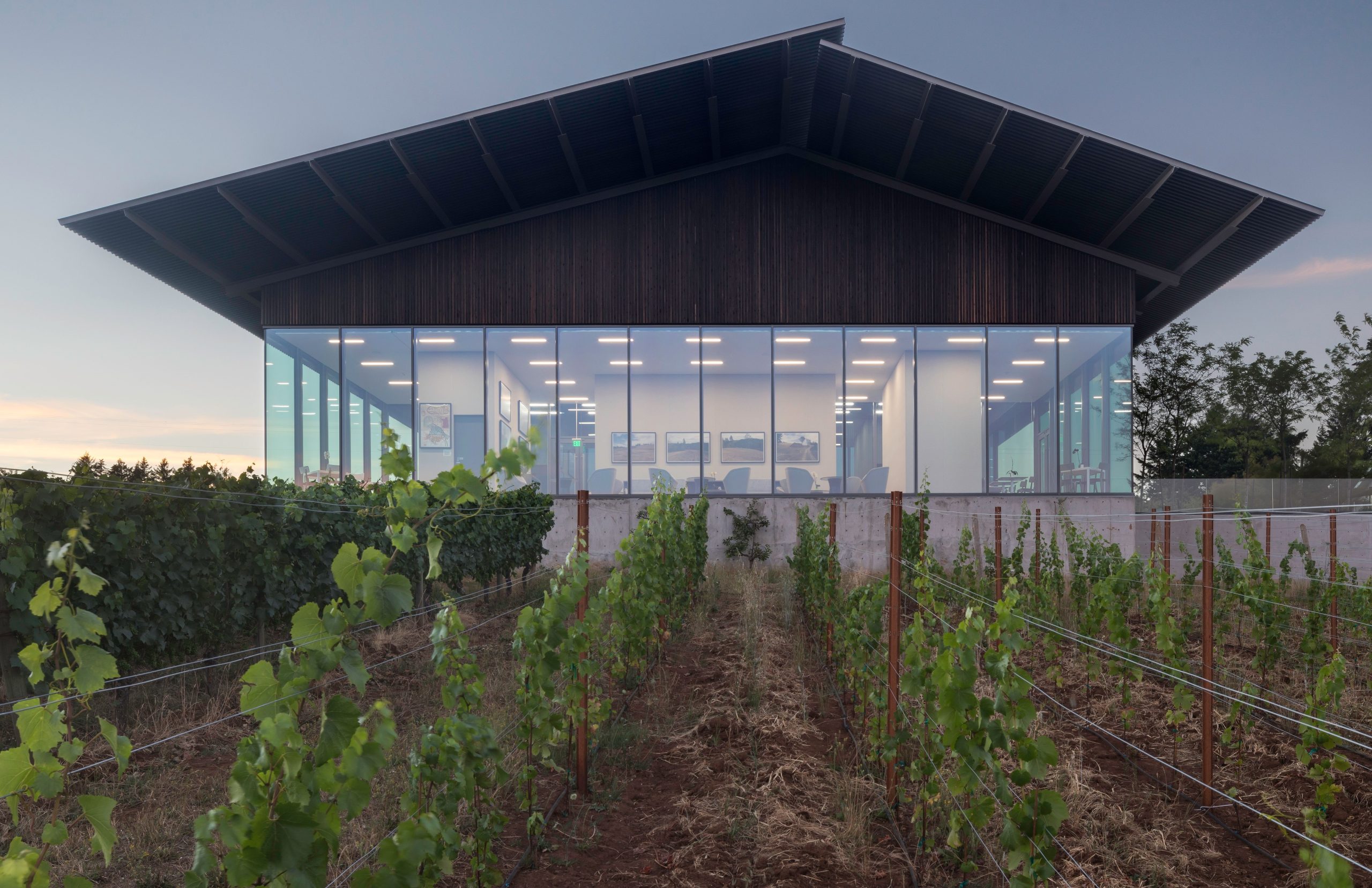The visual poetry of Jason H. Green’s work in tile speaks a language of patience and introspection.
His father built houses, so he was exposed to “layering of skin on skeleton” while he witnessed the construction process. And in his own renovation work, he knows how a simple fragment of wallpaper can serve as a vessel of memories from past occupants.
His tile sculptures evoke the depths of time. Molded, low-relief curves and revealed, matt terra cotta are submerged in watery glazes. Receding black spaces form an arabesque of windows gazing into a furtive interior. Edges are chipped and raw, their unfinished and imperfect borders signifying ruin – vestiges of a larger structure, rescued but incomplete.
When he discovered wooden molds at a brick factory, he began to make his own with plaster and wood components. Now he hand-presses clay into molds for both convex and concave shapes. He uses his one-of-a-kind system to produce “reconfigurable elements that share the intrinsic geometry found in nature.”
For historical textures, he transfers a thin layer of slip onto a surface, using embossed vintage wallpaper. He allows brushed glazes to drip and puddle at the bottom edges, emulating the pull of gravity and the fluid progression of existence. “I’ve been working with very glossy and runny transparent glazes that add depth to the surface by revealing a build-up of underlying layers,” he said. He aims to “create surfaces that reveal their own history.”
The wave is one of his distinct motifs, suggesting currents, both electrical and aquatic. His palette of verdant greens, light iron yellows and lush cobalt blues, anchored by earthen red-orange terra cotta, all speak of sea and sky. He layers analogous hues and reveals “subtle references to the ever-shifting color and color spaces in our environment.” A chipped, cracked and uneven wash of color initially repels the viewer with thoughts of imperfection and decay, then transfixes with a shimmering, reflective beauty.
Jason, who earned his MFA from Alfred University in 1998, is now concerned with “characteristics of immediacy, while alluding to the past.” He creates “fields that suggest the vastness of landscape and the results of weather and erosion.”
His work invites the viewer to question what cannot be seen, and remember what should not be forgotten.
For more on Jason H. Green, go to http://www.jasonhgreen.com/
[nggallery id=283]

